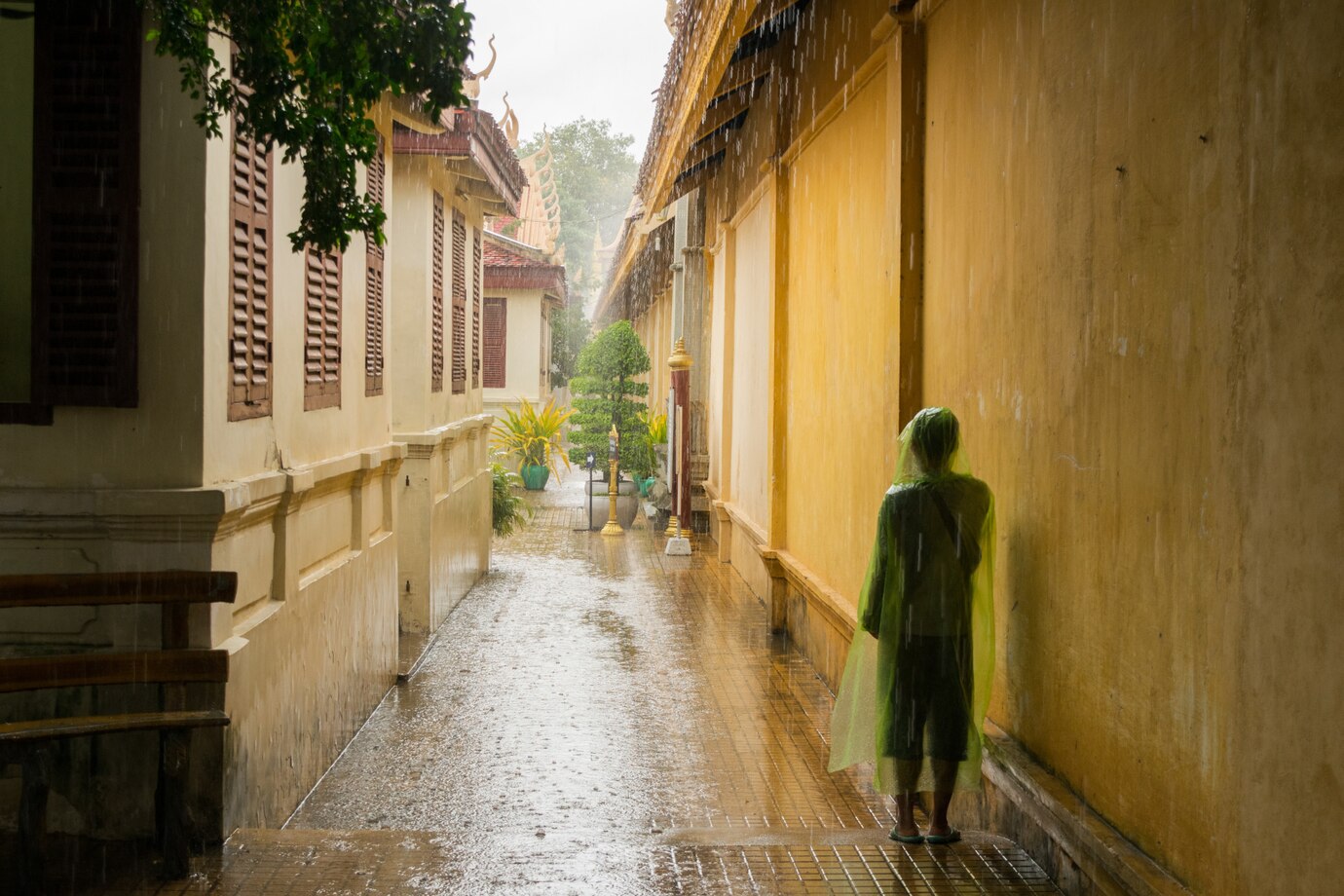Flood Insurance vs. Homeowners Insurance: What’s the Difference?

When it comes to protecting your home and belongings, homeowners insurance and flood insurance are both essential, but they serve different purposes. Many homeowners mistakenly believe that their standard homeowners insurance policy covers flood damage, but in reality, these two types of insurance are distinct and offer different types of coverage. Understanding the differences between flood insurance and homeowners insurance can help you make informed decisions about protecting your property.
What is Homeowners Insurance?
Homeowners insurance is a comprehensive policy designed to cover a range of risks associated with homeownership. It typically includes several key types of coverage:
- Dwelling Coverage: This covers damage to the structure of your home, including walls, roof, and foundation, from risks like fire, vandalism, and certain types of weather damage (e.g., hail or wind).
- Personal Property Coverage: This protects your belongings, such as furniture, electronics, and clothing, if they are damaged or stolen due to covered events.
- Liability Coverage: This provides protection if someone is injured on your property or if you are responsible for damage to someone else’s property.
- Additional Living Expenses (ALE): This covers the costs of temporary housing and other expenses if your home becomes uninhabitable due to a covered loss.
What is Flood Insurance?
Flood insurance is a specialized policy that provides coverage for damage specifically caused by flooding. It is often purchased through the National Flood Insurance Program (NFIP) or private insurers. Key aspects of flood insurance include:
-
Coverage for Flood Damage: Flood insurance covers damage resulting from floods, including heavy rain, storm surges, melting snow, and overflowing rivers. It typically includes:
- Building Property Coverage: This covers the structure of your home, including its foundation, electrical systems, and plumbing.
- Personal Property Coverage: This protects your belongings from flood damage, though some high-value items may require additional coverage.
- Separate from Homeowners Insurance: Flood insurance is a separate policy and must be purchased independently of homeowners insurance. It does not overlap with standard homeowners coverage.
- Flood Zones and Requirements: Flood insurance is particularly important in flood-prone areas, known as flood zones. In some regions, it’s required if you have a mortgage from a federally regulated or insured lender.
Key Differences Between Flood Insurance and Homeowners Insurance
-
Scope of Coverage
- Homeowners Insurance: Covers a broad range of risks, including fire, theft, vandalism, and some types of water damage, such as burst pipes. However, it generally excludes damage caused by flooding.
- Flood Insurance: Specifically designed to cover damage caused by flooding. It does not cover other types of water damage, such as leaks from faulty plumbing.
-
Coverage Limits and Exclusions
- Homeowners Insurance: Coverage limits and exclusions vary by policy and provider. Typical exclusions include flood damage, earthquakes, and certain types of water damage.
- Flood Insurance: Has its own coverage limits and exclusions. For instance, flood insurance often does not cover basement improvements or temporary housing beyond policy limits.
-
Availability and Requirements
- Homeowners Insurance: Widely available and generally required for mortgage lenders. It provides broad protection against various risks.
- Flood Insurance: Not automatically included with homeowners insurance and must be purchased separately. In some areas, it is mandatory for homes in high-risk flood zones.
- Cost
-
- Homeowners Insurance: The cost is influenced by factors such as home value, location, and coverage limits. Premiums may include optional add-ons for specific risks.
- Flood Insurance: Premiums are determined based on factors like your home’s location in a flood zone, its elevation, and the amount of coverage you choose.
Why You Might Need Both
Having both homeowners insurance and flood insurance provides comprehensive protection for your home:
- Homeowners Insurance: Offers broad protection against a variety of risks, ensuring you’re covered for most types of damage except floods.
- Flood Insurance: Provides specific coverage for flood-related damage, which is often excluded from standard homeowners policies.
How to Obtain Flood Insurance
- Assess Your Risk: Determine your home’s flood risk by consulting FEMA’s Flood Map Service Center or your local floodplain manager.
- Purchase a Policy: Flood insurance can be purchased through the NFIP or private insurers. Work with an insurance agent to find the best coverage for your needs.
- Review Your Homeowners Policy: Ensure you understand what is covered by your homeowners insurance and identify any gaps that flood insurance can fill.
- Consider Additional Coverage: For high-value items or special risks, explore additional coverage options or endorsements to fully protect your property.
Conclusion
While homeowners insurance and flood insurance are both crucial for protecting your property, they serve different purposes and cover different types of risks. Homeowners insurance provides broad protection against various hazards, whereas flood insurance specifically addresses damage caused by flooding. By understanding the differences between these two types of coverage and ensuring you have the right policies in place, you can safeguard your home and belongings from a range of potential risks.